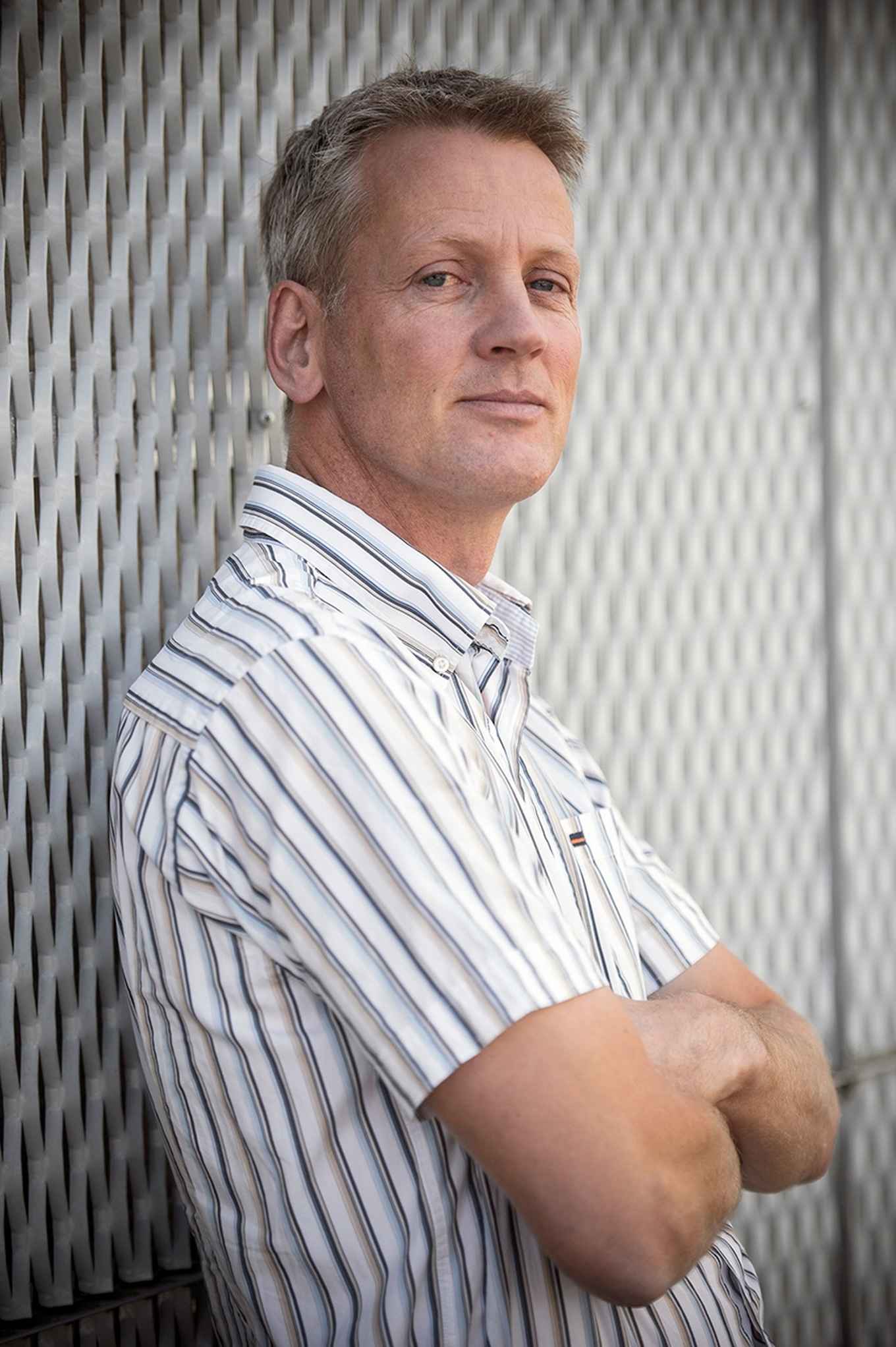HTSM funding for Paul Planken
6 January 2020

Planken’s project is aimed at understanding and preventing light-induced material changes in optical measurement systems.
Wafer damage control
In the semiconductor industry, advanced optical sensors are used throughout the lithographic process. They play a vital role in nanolithography and help to keep Moore’s law going. These sensors use more and more powerful light sources to increase signal strength, increasing the risk of optical damage. In collaboration with ASML, the research described in Planken's proposal aims to classify the different kinds of optical damage and, more importantly, to understand the fundamental mechanisms responsible for the damage. In many cases little is known about the damage thresholds and damage mechanisms in industrially-relevant materials such as amorphous carbon or Si3N4. With the knowledge that will be acquired in this research, the scientists will be able to develop numerical models that can predict when damage occurs and how to reduce the risk of damage.
About HTSM
The High Tech Systems and Materials (HTSM) program challenges researchers and companies to jointly develop knowledge for technological breakthroughs and innovative applications. The annual call for proposals of HTSM, organized by NWO Domain Applied and Engineering Sciences (AES), is a consequence of the top sector policy initiated by the Dutch government. This year a total of 22 projects can start.